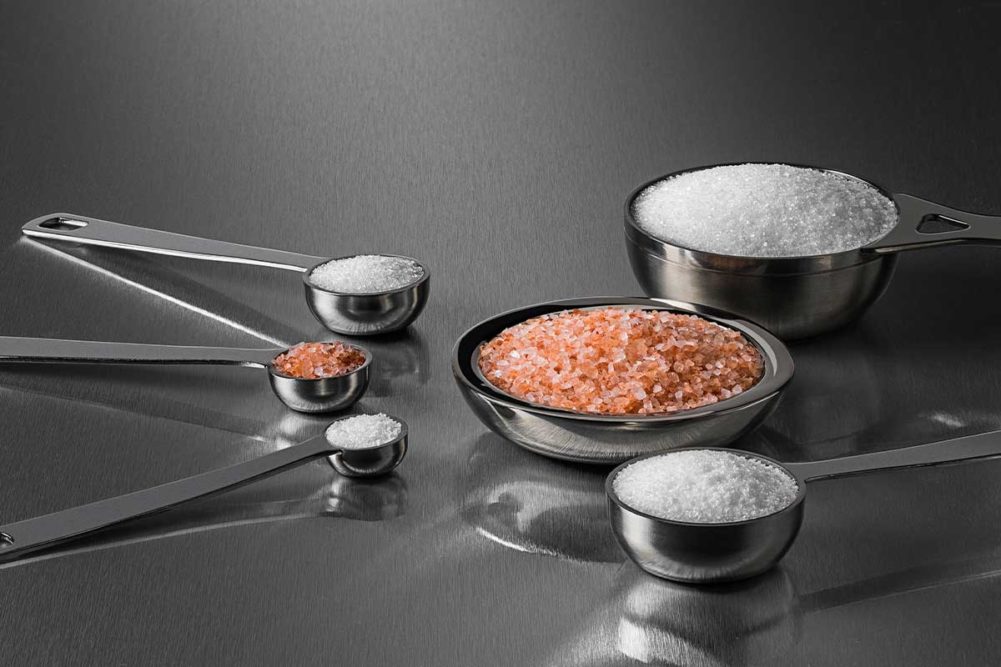As every parent knows, just because you offer kids healthy foods, it doesn’t mean they will eat them. It’s especially true when they’re in school, and mom and dad aren’t around to provide a little encouragement.
Add in the coronavirus (COVID-19) pandemic, rampant supply chain problems and stringent nutritional guidelines, and it creates a high bar for school nutritionists who operate on tight budgets to clear. Finding healthful and tasty foods that children will eat has always been tough, but it’s been exacerbated as districts try to feed kids who have been learning in and out of school buildings the past year and a half.
“Because we’ve been in a pandemic, the US Department of Agriculture has allowed Meal Pattern waivers because they’ve recognized all of the supply chain issues that the industry is facing,” said Diane Pratt-Heavner, director of media relations for the School Nutrition Association. “And schools are having to deal with grab-and-go curbside meal service and all kinds of other hurdles.”
But even with the relaxed rules, districts must still work to keep sodium levels down in federally subsidized school meals. There are a few approaches that bakers can take to lower sodium and maintain flavorful products that notoriously picky young eaters will find acceptable.
One of the first steps is to identify the sources of sodium in a product and how they contribute to taste and functionality, said Janice Johnson, PhD, food science advisor at Cargill Salt. That includes salt and chemical leavening agents such as sodium bicarbonate.
“Chemical leavening agents are very important in bakery formulas, responsible for the rise and lift associated with muffins, cookies and cakes,” Dr. Johnson said. “Fortunately, ingredient suppliers have developed some very good sodium-free alternatives.”
And salt plays many important roles in baked foods.
“Reducing salt to achieve sodium reduction can affect flavor, texture, leavening, fermentation rate and freshness,” said Scott Keys, vice president, salt solutions, NuTek Natural Ingredients. “However, replacing some salt with an alternative like potassium salt is the best approach to maintaining all the functionality, texture and flavor that everyone, especially picky eaters, expect. Plus, potassium salt provides the added benefit of increased potassium, which is a necessary and often under-consumed nutrient.”
Whether bakers are feeding choosy children or health-conscious adults, reduced-sodium baked goods need to be delicious or no one will eat them. Ensuring that they are flavorful is always the first and most important consideration. While there are many ways to go about it, the path formulators choose depends on the product.
“The percentage of salt reduction that is possible in different baked goods depends on multiple variables, including the application’s processing, shelf life and labeling, other base ingredient impact and the target consumer,” said John Baughman, senior director, CD&D and principal flavorist at ADM. “Moreover, one solution does not fit all as each sodium-reduced baked good is different. For instance, an added flavor or taste modulator may deliver a significant difference in taste for one application, but not deliver the same experience in another.”
The more bland a baked food is, the harder it is to lower sodium levels, Dr. Johnson said.
“White bread is a great example; there’s not a lot of other flavors to hide the bitter/metallic notes that come with potassium salt,” she explained. “Whole wheat bread, on the other hand, already has some bitter notes coming from the wheat bran. As a result, you can push sodium reduction a little higher and the bitter/metallic taste won’t be as noticeable.”
This article is an excerpt from the October 2021 issue of Baking & Snack. To read the entire feature on Sodium Reduction, click here.






